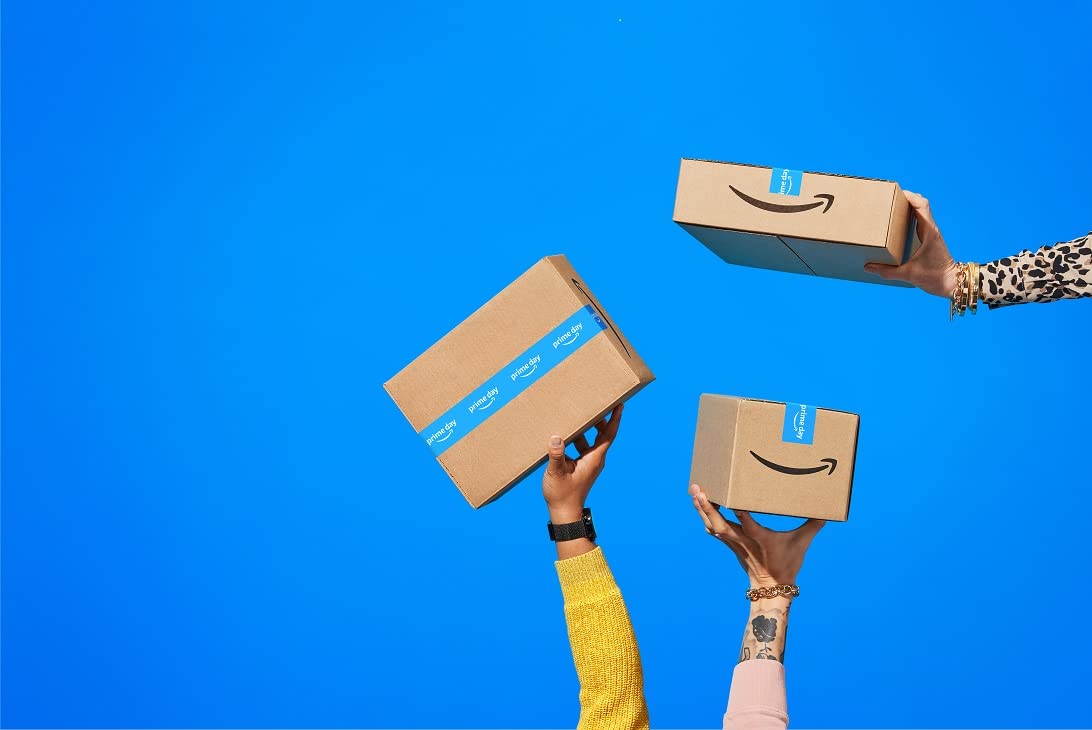RESOURCES
Your Brand's Amazon Prime Day Advertising Checklist
As July approaches, brands are gearing up for the fifth annual Amazon Prime Day. In the past year, Amazon Advertising has grown to become one of the marketplace giant’s most profitable segments. Brands continue to invest heavily in Amazon Advertising and need specific knowledge to make the most of their investment during Prime Day. Continue reading for an Amazon Prime Day advertising checklist designed specifically for brands.

Pre-Prime Day Advertising Checkpoint
Before your brand gets started with its Amazon Prime Day advertising checklist, it’s important to consider which products will be supported by advertising. Put together a refined list of products consisting of bestsellers and relevant supplemental products.
Once this list is finalized, it’s critical to ensure your brand has sufficient inventory levels of each product. The anticipated boost in sales due to advertising and Prime Day traffic usually requires brands to increase inventory to be sustainable. This includes enough inventory to fill pre-Prime Day purchase orders for vendors, or adequate levels of inventory shipped to Amazon prior to Prime Day for sellers using Fulfillment-by-Amazon (FBA.)
Decide Which Campaign Types to Use
With a concrete list of products your brand will promote, the next step is to consider which method of advertising will yield the best results. During Prime Day 2018, Sponsored Product Ads generated 86 percent of advertising revenue, but it’s important to understand the purpose of each type.
Here we highlight important details of each advertising option:
- Sponsored Product Ads (SPAs)
These advertisements appear in Search Engine Results Pages (SRPs), product detail pages, and shoveler placements. SPAs can also help increase the visibility of coupons with an orange badge.
Brands have a number of targeting options for Sponsored Products including manual and automatic. Manual targeting necessitates keyword research and input by the advertiser, whereas automatic relies on Amazon’s algorithm for keyword selection.
When using Sponsored Product Ads, it’s important to utilize negative keywords on manual keyword targeting campaigns. This helps maintain keyword relevancy and serve customers relevant ads based on their search query.
- Sponsored Brands
Currently, with just one placement at the top of the SERP, this advertising option has less inventory than Sponsored Products. As a result, Sponsored Brands are more costly to win the bid auction. Sponsored Brands are used to increase visibility and promote a series of products or the brand overall, and are especially useful during peak time periods like Prime Day.
It’s important to note it’s not uncommon for Sponsored Brand campaigns to be rejected when they have messaging reflecting a limited time offer. However, if an end date is set for the campaign, they’re more likely to be approved.
- Product Display Ads (PDAs)
PDAs appear on product pages, typically just below the Buy Box. Brands can have Amazon automatically choose, or choose manually, on which product pages PDAs appear. Due to this, brands can use PDAs both defensively and offensively. A brand can use a defensive approach with these ads to ensure coverage on the product pages of top sellers in their catalog. On the other hand, an offensive approach can be used to display a brand’s own products on competitor listings.
Targeting for PDAs can be product or interest based. However, we don’t recommend running an interest-based ad during Prime Day.
Test Your Advertising Plan
Whichever advertising options your brand decides to include in its Amazon Prime Day advertising checklist, make the most out of your campaigns with a testing plan. Create, run, and optimize campaigns at least 30 days before Prime Day to be set up for success.
Your brand’s testing plan should have a control element to limit variables. This will help brands understand how each campaign is performing. It’s best practice to test only one element per ad to create clean data and make informed decisions.
Align Your Campaign Bidding and Budget
After your brand is comfortable with its testing plan, be prepared to align campaign bidding and budget. On Prime Day 2018, the average retailer spent three times the amount on advertising they would during any other time of the year. Increasing overall Amazon ad spend in the weeks leading up to Prime Day and the subsequent few is essential to capture the value-added traffic.
It will be critical to make sure your cost-per-click (CPC) bids, as well as campaign budgets, are aligned and in-check for this drastic boost in activity. Budgets can max out too quickly if not monitored. This results in high-performing campaigns turning off early in the day.
Advertising before, during, and after Prime Day requires a different strategy and mindset than any other time of the year. Make sure your brand is prepared to make the most of its strategy with this Amazon Prime Day advertising checklist.
If your brand needs the support of a strategic partner throughout the year, schedule a free consultation.
SIGN UP FOR OUR WEEKLY NEWSLETTER

News, Views, and Valuable Resources
Delivered to Your Inbox Each Week


